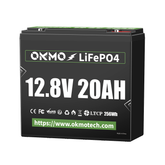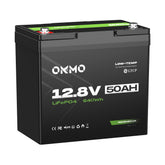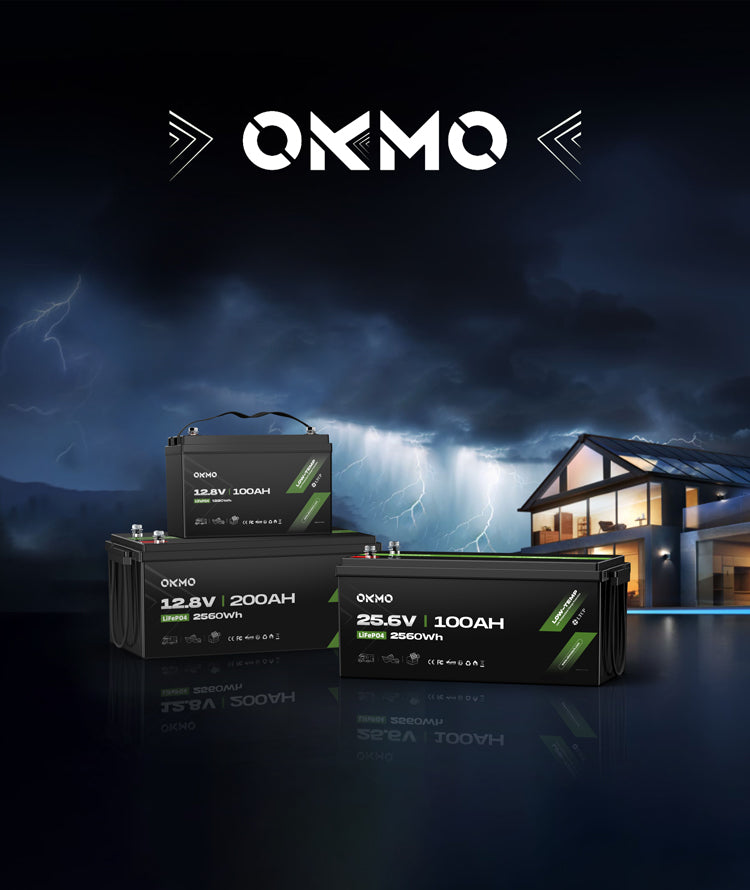How Do You Get Rid of Lithium Batteries?
Lithium batteries power our modern lives, from smartphones and laptops to electric vehicles and renewable energy systems. However, their disposal poses significant environmental and safety challenges. Improper handling of lithium batteries can lead to fires, toxic chemical leaks, and long-term environmental harm. This article provides a clear guide to safely disposing of lithium batteries in the United States, highlights critical precautions, and discusses why LiFePO4 (lithium iron phosphate) batteries are emerging as a safer, more sustainable alternative.

How to Safely Dispose of Lithium Batteries in the U.S.
1. Understand the Risks
Lithium batteries contain reactive materials like lithium metal or lithium-ion electrolytes. When damaged, overheated, or improperly disposed of, they can ignite, release toxic fumes, or contaminate soil and water. For example, a punctured lithium-ion battery in a landfill can spark fires that are difficult to extinguish and release hazardous chemicals like cobalt and nickel.
2. Legal and Environmental Regulations
In the U.S., lithium batteries are classified as hazardous waste under federal law. The Resource Conservation and Recovery Act (RCRA) mandates proper disposal to prevent harm to human health and the environment. Many states also have additional regulations, such as California’s Universal Waste Rule, which streamlines recycling for small batteries.
Safe Disposal Pathways for Lithium Batteries
1. Recycling Programs
Recycling is the most responsible way to dispose of lithium batteries. Here’s how to do it:
-
Find a Certified Recycling Center: Use tools like Call2Recycle or Earth911 to locate nearby drop-off points. Major retailers like Best Buy, Home Depot, and Lowe’s also accept lithium batteries for recycling.
-
Mail-Back Programs: Companies like Battery Solutions offer prepaid shipping kits to send batteries to recycling facilities.
2. Household Hazardous Waste (HHW) Facilities
Many cities and counties operate HHW collection sites for lithium batteries and other dangerous materials. Contact your local waste management authority for details.
3. Manufacturer Take-Back Programs
Some electronics manufacturers, including Apple, Samsung, and Tesla, provide free recycling services for their products’ batteries. Check the company’s website for instructions.
4. Special Handling for Damaged Batteries
If a battery is swollen, leaking, or damaged:
-
Place it in a non-flammable container (e.g., a metal bucket filled with sand).
-
Label the container clearly as “Damaged Lithium Battery – Risk of Fire.”
-
Contact a hazardous waste disposal professional immediately.
Critical Precautions for Handling Lithium Batteries
-
Never Throw in Trash or Recycling Bins: Lithium batteries can combust in garbage trucks or recycling facilities.
-
Tape Terminals: Use electrical tape to cover the battery’s terminals to prevent short-circuiting.
-
Avoid Extreme Temperatures: Store batteries in a cool, dry place until disposal.
-
Do Not Attempt DIY Disassembly: Breaking open a lithium battery releases toxic chemicals and increases fire risk.
LiFePO4: The Ultimate Alternative to Traditional Lithium Batteries
While proper disposal mitigates risks, transitioning to safer battery technologies is key to reducing environmental impact. LiFePO4 (lithium iron phosphate) batteries are emerging as a superior alternative to conventional lithium-ion (Li-ion) or lithium-polymer (LiPo) batteries. Here’s why:
1. Enhanced Safety
LiFePO4 batteries are inherently stable due to their strong phosphate-oxygen bonds, which resist overheating and thermal runaway. Unlike traditional lithium batteries, they rarely catch fire, even when punctured or overcharged.
2. Longer Lifespan
LiFePO4 batteries last 4–5 times longer than Li-ion batteries, with lifespans exceeding 10 years. This reduces replacement frequency and waste generation.
3. Environmental Benefits
-
Non-Toxic Materials: LiFePO4 batteries use iron and phosphate, which are less harmful than cobalt or nickel found in Li-ion batteries.
-
Higher Recyclability: Their simpler chemistry makes LiFePO4 batteries easier and cheaper to recycle.
4. Growing Applications
LiFePO4 batteries are already powering:
-
Electric Vehicles (EVs): Companies like Tesla and BYD are adopting LiFePO4 for entry-level EVs.
-
Solar Energy Storage: Their durability and safety make them ideal for home and industrial solar systems.
-
Consumer Electronics: Some power banks and RV batteries now use LiFePO4 technology.
5. Cost-Effectiveness
While LiFePO4 batteries have a higher upfront cost, their long-term savings in maintenance, replacements, and disposal fees make them a financially sound choice.
The Future of Battery Disposal and Sustainability
The shift to LiFePO4 batteries aligns with global efforts to reduce hazardous waste and carbon footprints. Governments and industries are investing in:
-
Improved Recycling Infrastructure: Innovations in battery recycling, such as hydrometallurgical processes, aim to recover 95% of materials from LiFePO4 batteries.
-
Circular Economy Models: Companies like Redwood Materials are pioneering closed-loop systems to reuse battery components.
Conclusion
Proper disposal of lithium batteries is a shared responsibility. By using certified recycling programs and adhering to safety guidelines, individuals and businesses can mitigate environmental risks. Meanwhile, the rise of LiFePO4 batteries offers a path toward a safer, more sustainable energy future. With their unmatched safety, longevity, and eco-friendly design, LiFePO4 batteries are poised to replace traditional lithium batteries in many applications, reducing waste and protecting our planet for generations to come.
Take Action Today: Recycle your old lithium batteries responsibly—and consider switching to LiFePO4 technology for a cleaner tomorrow.











